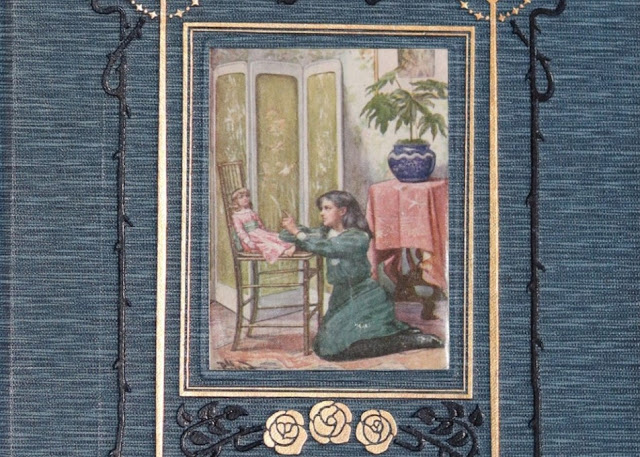Where Is Portorosso from 'Luca' Based on?
 |
| From the Pixar film Luca |
Like "Call Me by Your Name," "Luca" is set in sun-kissed Italy.
Like "Call Me by Your Name," "Luca" revolves around two male leads who have strong feelings for each other, a little too strong for hawkeyed viewers.
While those non-platonic feelings might be figments of shippers’ imaginations, the setting for the Pixar movie is supposed to take place in a real-life tourist destination. The fictitious Portorosso is the animated composite of Cinque Terre, a colorful collection of coastal villages on the eastern tip of the Italian Riviera. If nothing else, it rhymes with one of the five towns that make up this strip of beaches: Monterosso, the others being Corniglia, Manarola, Riomaggiore and Vernazza.
Like "Call Me by Your Name," "Luca" revolves around two male leads who have strong feelings for each other, a little too strong for hawkeyed viewers.
While those non-platonic feelings might be figments of shippers’ imaginations, the setting for the Pixar movie is supposed to take place in a real-life tourist destination. The fictitious Portorosso is the animated composite of Cinque Terre, a colorful collection of coastal villages on the eastern tip of the Italian Riviera. If nothing else, it rhymes with one of the five towns that make up this strip of beaches: Monterosso, the others being Corniglia, Manarola, Riomaggiore and Vernazza.
Part of Liguria province, Cinque Terre is famous for its terraced fields and steeply elevated houses, perched precariously between the emerald sea and the verdant mountains. “These towns have to kind of hang on for dear life,” director Enrico Casarosa, who hails from the provincial capital Genoa, told The Hollywood Reporter.
 |
| The made-up town of Portorosso in Pixar's Luca (above) and the real-life villages of Cinque Terre in Liguria, Italy (below via Kookay) |
Like "Call Me by Your Name" director and compatriot Luca Guadagnino—the movie's namesake certainly has not helped dash the comparisons—Casarosa looked to his salad days summering in Italy for inspiration. He loosely based the character of Alberto Scorfano on his childhood best friend, "a bit of a troublemaker [who] didn’t have a whole lot of supervision," with whom he would spend a lot of time diving. And there was probably a lot of pesto involved, as Genoa is the birthplace for the pasta sauce.
Pixar deployed the animators and other crew members to Cinque Terre, giving them a feel of what Portorosso would be like in the real world. But Liguria in general is filled with tales of fantastic, anthropomorphic sea monsters. Tellaro, another seaside town beyond Cinque Terre, is the setting for the legend of Polpo Campanaro: an octopus that emerged from the sea to ring the church bell, saving villagers from a pirate invasion. Genoa is symbolized by Saint George and the Dragon, too. Meanwhile, statues of "strange dolphins" can be found all around the province, said Casarosa.
So "Call Me by Your Name" aside, how is "Luca" different from "The Little Mermaid" then? "Luca" has certainly drawn a lot of comparisons to the monster of a Disney property, with their similar fish-out-of-water plot and themes of emancipation and adolescent awakening. Ariel, Luca and Alberto all have a thing for thingamabobs, after all.
If the homoerotic undertones of "Luca" were to be believed, then it would be far closer to "The Little Mermaid" than we imagined. The tragic Hans Christian Andersen fairy tale, on which the 1989 Disney movie is based, has been parsed by literary scholars as a veiled love letter by the author to another man.
Could “Luca” be a subtle attempt to retell "The Little Mermaid" the way Andersen always wanted it to be told? We may never know. But that would put Portorosso spiritually not only in Italy but also in Denmark, where Andersen once longed to be part of someone's world.
 |
| The famous Copenhagen Little Mermaid statue. Via Tuan Hoang Nguyen |





Comments